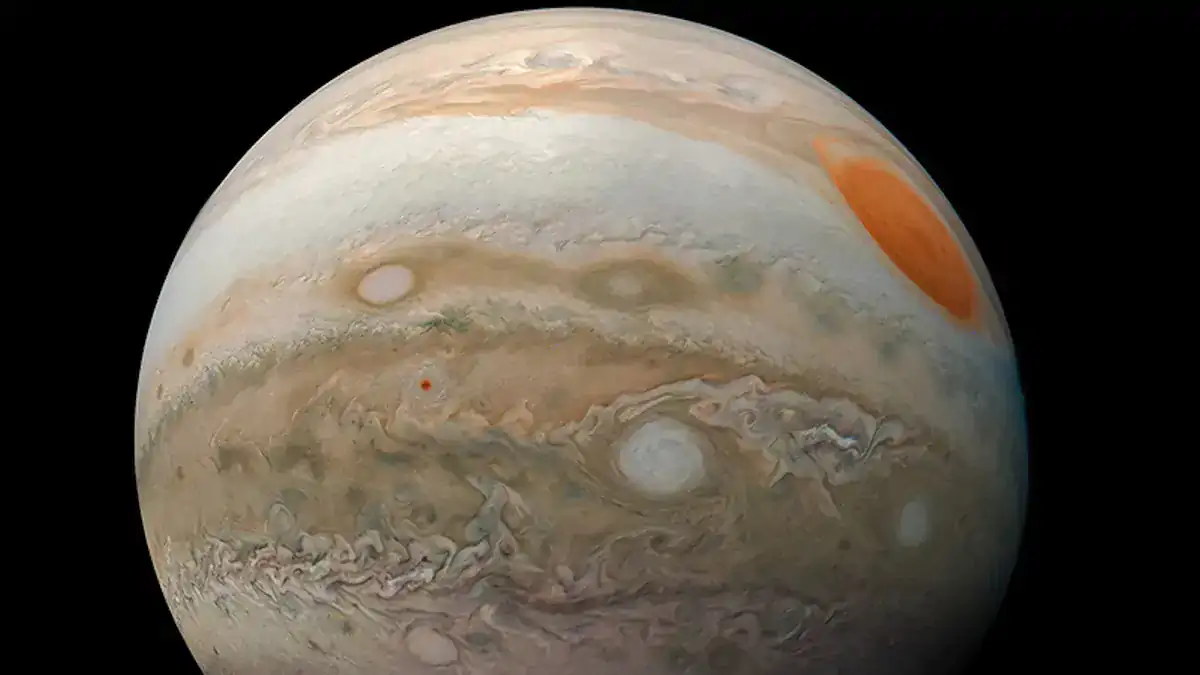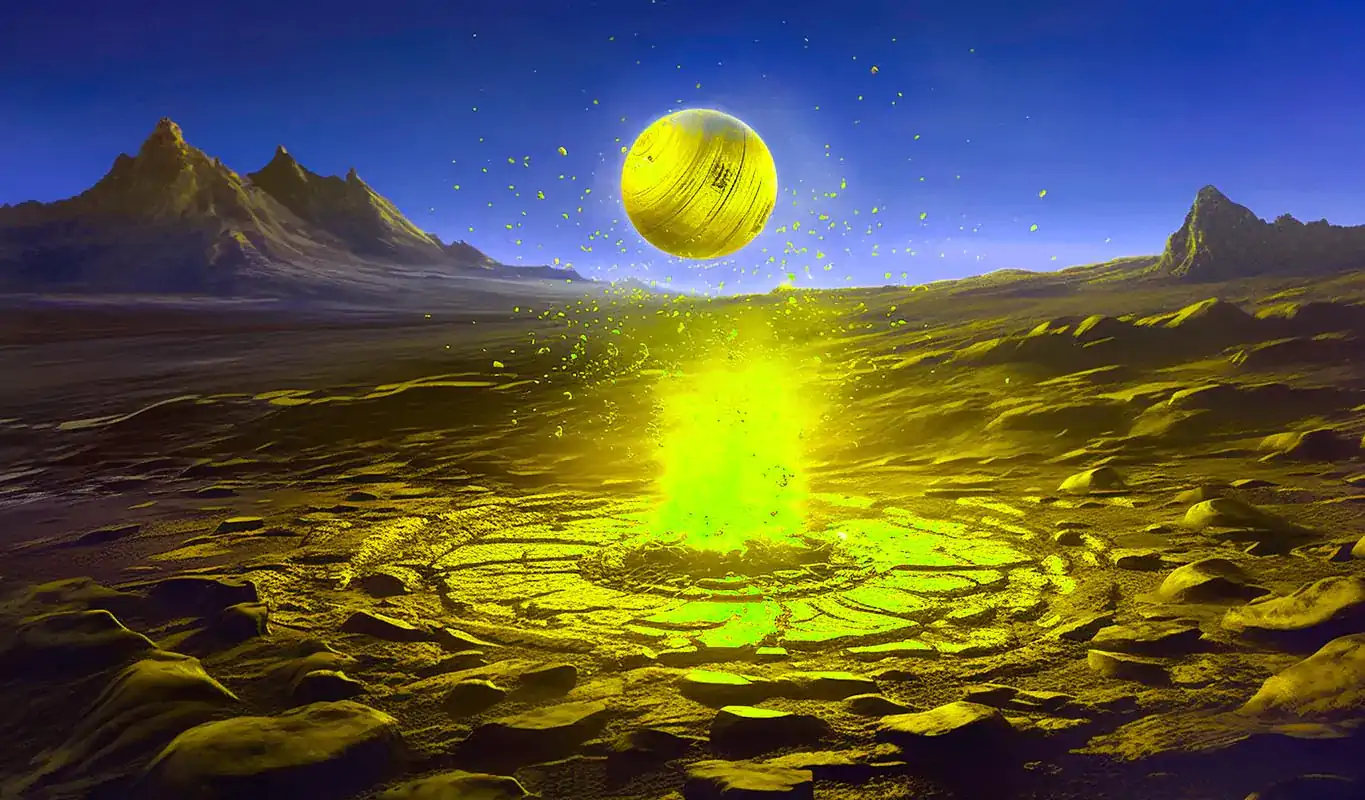A new experiment shed new light on the role Jupiter has played in the evolution of life on Earth. In a series of simulations, scientists showed that an Earth-like planet orbiting between Mars and Jupiter would be able to alter Earth's orbit and push it out of the solar system.
Such an event would extricate Earth from its life support system, the Sun, and would therefore wipe out all life on our planet.
Ultimately, the experiment highlighted how the solar system's largest gas giant, Jupiter, plays a crucial role in stabilizing the orbits of its surrounding planets. The hypothetical scenario was considered as part of a UC Riverside experiment.
An extra planet in our solar system
According to UC Riverdale, The new experiment was devised to address two notable gaps in planetary science, according to UCR astrophysicist Stephen Kane.
The first is that there is no middle ground between smaller terrestrial Earth-like planets and larger gas giants like Neptune and Jupiter. "In other star systems, there are many planets with masses in that gap. We call them super-Earths," Kane explained.
The second gap is related to the fact that no planets exist between Mars and Jupiter. As Kane pointed out, "planetary scientists often wish something was in between those two planets. It seems like wasted real estate."
An extra planet in our solar system could reveal a great deal about what's out there. If it weren't for these gaps in our solar system, We might know a great deal more about planetary evolution as well as the evolution of the wider cosmos.
The solar system works "like intricate clock gears"
In order to try to gain the knowledge that is taken away from us by those two glaring gaps in the composition of our solar system, Kane ran advanced computer simulations of a planet between Mars and Jupiter with a variety of different masses.
The results of the simulations, outlined in a paper in the Planetary Science Journal, show that we might actually be better off with those so-called gaps in our solar system. Ultimately, a planet between Jupiter and Mars would have likely destabilized our orbit and sent us off course, meaning humanity may have never evolved.
"This fictional planet gives a nudge to Jupiter that is just enough to destabilize everything else," Kane explained. "Despite many astronomers wishing for this extra planet, it's a good thing we don't have it."
The main issue comes from the fact that Jupiter has a massive influence over the rest of the solar system due to its size. If another planet were to disturb Jupiter, it would have a profound effect on Earth and other planets. Ultimately, this could lead to the ejection of Mercury, Venus, and Earth from the solar system.
The new findings show that gas giants play a crucial role in allowing potentially habitable planets to maintain a stable orbit around their star. So, aside from shielding us from massive asteroids with its incredibly strong gravitational field, Jupiter also likely helped to stabilize Earth in a habitable orbit.
"Our solar system is more finely tuned than I appreciated before," Kane said. "It all works like intricate clock gears. Throw more gears into the mix, and it all breaks."
Study abstract:
Placing the architecture of the solar system within the broader context of planetary architectures is one of the primary topics of interest within planetary science. Exoplanet discoveries have revealed a large range of system architectures, many of which differ substantially from the solar system's model. One particular feature of exoplanet demographics is the relative prevalence of super-Earth planets, for which the solar system lacks a suitable analog, presenting a challenge to modeling their interiors and atmospheres. Here we present the results of a large suite of dynamical simulations that insert a hypothetical planet in the mass range 1–10 M? within the semimajor axis range 2–4 au, between the orbits of Mars and Jupiter. We show that, although the system dynamics remain largely unaffected when the additional planet is placed near 3 au, Mercury experiences substantial instability when the additional planet lies in the range 3.1–4.0 au, and perturbations to the Martian orbit primarily result when the additional planet lies in the range 2.0–2.7 au. We further show that, although Jupiter and Saturn experience relatively small orbital perturbations, the angular momentum transferred to the ice giants can result in their ejection from the system at key resonance locations of the additional planet. We discuss the implications of these results for the architecture of the inner and outer solar system planets, and for exoplanetary systems.




 BlocksInform
BlocksInform










